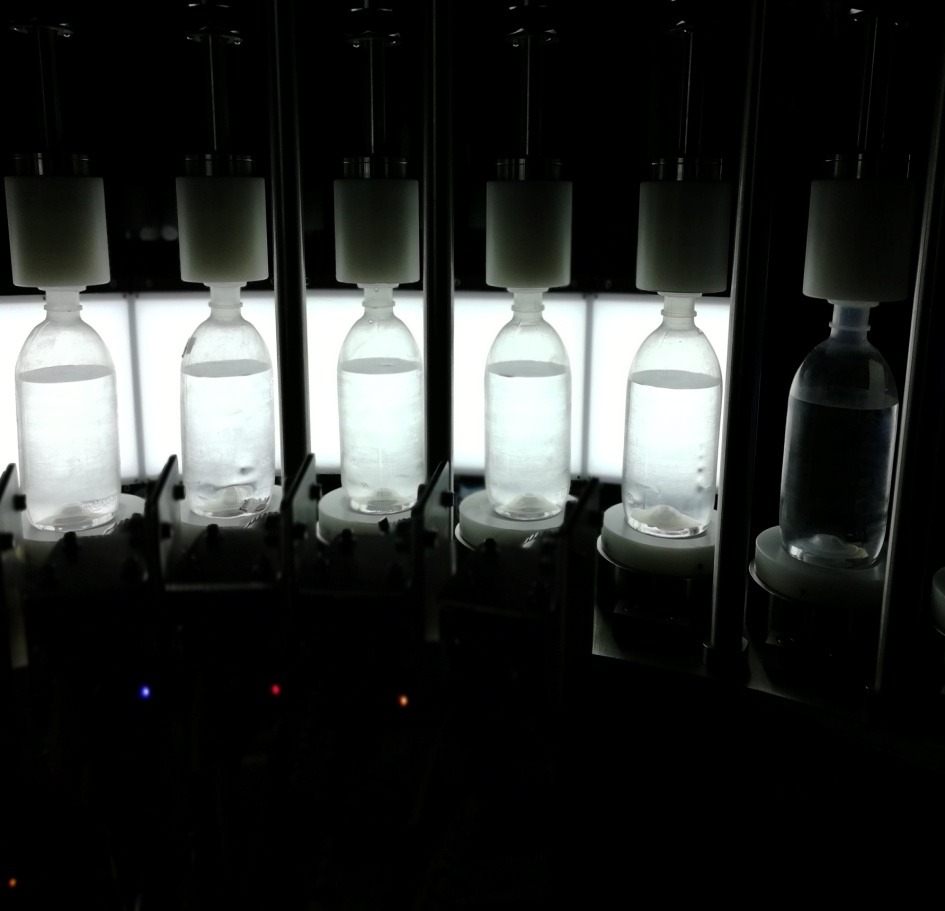In the intricate world of pharmaceutical manufacturing, even the smallest components play a significant role in ensuring product quality and efficiency. Among these components, the impeller stands out as a vital element in various pharmaceutical processing equipment. In this article, we delve into the intricacies of pharmaceutical equipment impellers, exploring their functions, types, and importance in the manufacturing process.
Understanding Pharmaceutical Equipment Impellers:
The impeller serves as the heart of many pharmaceutical processing machines, including mixers, blenders, granulators, and reactors. Its primary function is to facilitate the mixing, blending, and movement of materials within these machines, ensuring uniformity and consistency in the final product.
Functions of Pharmaceutical Equipment Impellers:
1. Mixing and Blending: Impellers agitate and blend ingredients together, ensuring thorough mixing and homogenization of powders, granules, or liquids.
2. Fluidization: In fluid bed processors, impellers create a fluidized bed by continuously agitating the material, allowing for efficient drying, granulation, or coating.
3. Granulation: Impellers aid in the granulation process by agglomerating powders into uniform granules, promoting particle growth and improving flow properties.
4. Heat Transfer: In reactors and heat exchangers, impellers facilitate heat transfer by circulating fluids or promoting turbulent flow, enhancing efficiency in heating or cooling processes.
Types of Pharmaceutical Equipment Impellers:
Various types of impellers are designed to suit specific processing requirements and equipment configurations. Some common types include:
1. Propeller Impellers: Simple and efficient, propeller impellers are often used for basic mixing and agitation tasks.
2. Paddle Impellers: Featuring flat blades, paddle impellers are effective for blending viscous or shear-sensitive materials.
3. Turbine Impellers: Turbine impellers offer high shear rates and are ideal for applications requiring intense mixing or dispersion.
4. Rushton Turbine Impellers: These multi-blade impellers provide high pumping capacity and are commonly used in reactors and large-scale mixing vessels.
5. Screw Impellers: Screw impellers feature a helical design and are suitable for handling non-Newtonian fluids or materials with high viscosity.
Importance of Choosing the Right Impeller:
Selecting the appropriate impeller design is crucial for optimizing processing efficiency and achieving desired product characteristics. Factors to consider include:
Process Requirements: Consider the specific mixing, blending, or granulation requirements of the process, such as shear sensitivity, particle size distribution, and mixing time.
Equipment Compatibility:Ensure that the chosen impeller design is compatible with the geometry and operating conditions of the processing equipment.
Material Compatibility:Consider the material of construction to ensure compatibility with the processed materials and compliance with regulatory requirements.
In Conclusion:
Pharmaceutical equipment impellers play a vital role in ensuring the success of various manufacturing processes, from mixing and blending to granulation and fluidization. By understanding the functions and characteristics of different impeller designs, pharmaceutical manufacturers can optimize their processing equipment for maximum efficiency and product quality. Choosing the right impeller is not just about selecting a component—it’s about ensuring the success of the entire manufacturing process.

